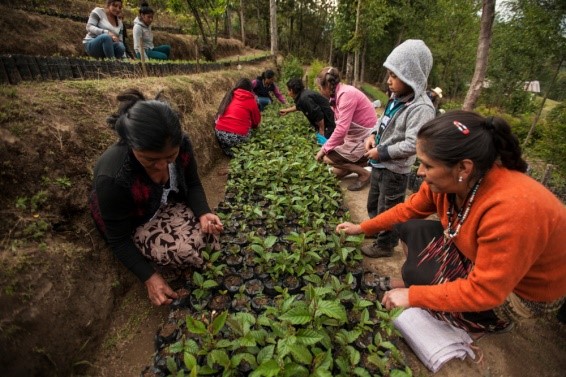To strengthen governance, improvements needed to be made in the participation of government and local stakeholders in the management of the micro-basin.
At the local level, the organizational base of the communities was reinforced, through community leaders and their understanding of the importance of water recharge areas. It was further supported by the Communal Forestry Nursery Commissions, generally administered by women; and the Community Development Councils, which were more strongly integrated into the Esquichá River Micro-basin Council. Thus, participation was catalyzed from the bottom up, notably with youth also participating, especially in reforestation events that entailed >1000 people.
The role of the state also increased through dialogues and agreements with municipalities, and access by communities to forest incentives. The greatest added value was a local empowerment achieved by social mobilization (including women), "action learning" (process that involves the implementation of EbA activities, coupled with a practical capacity building program), organizational capacity, community and micro-basin governance processes. What has been achieved is a reflection of a strong community commitment thanks to participatory governance.
